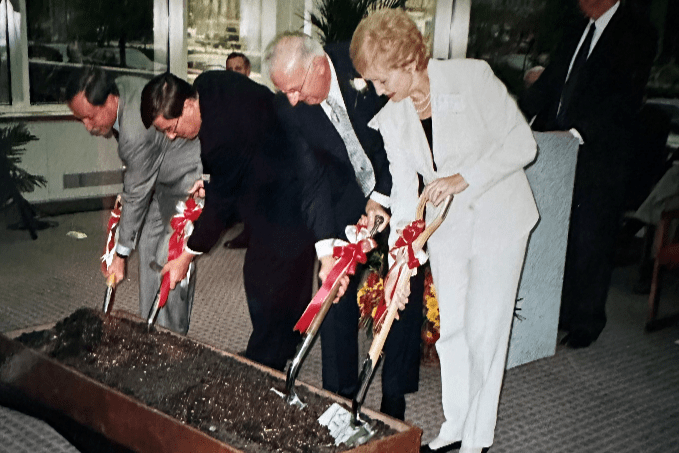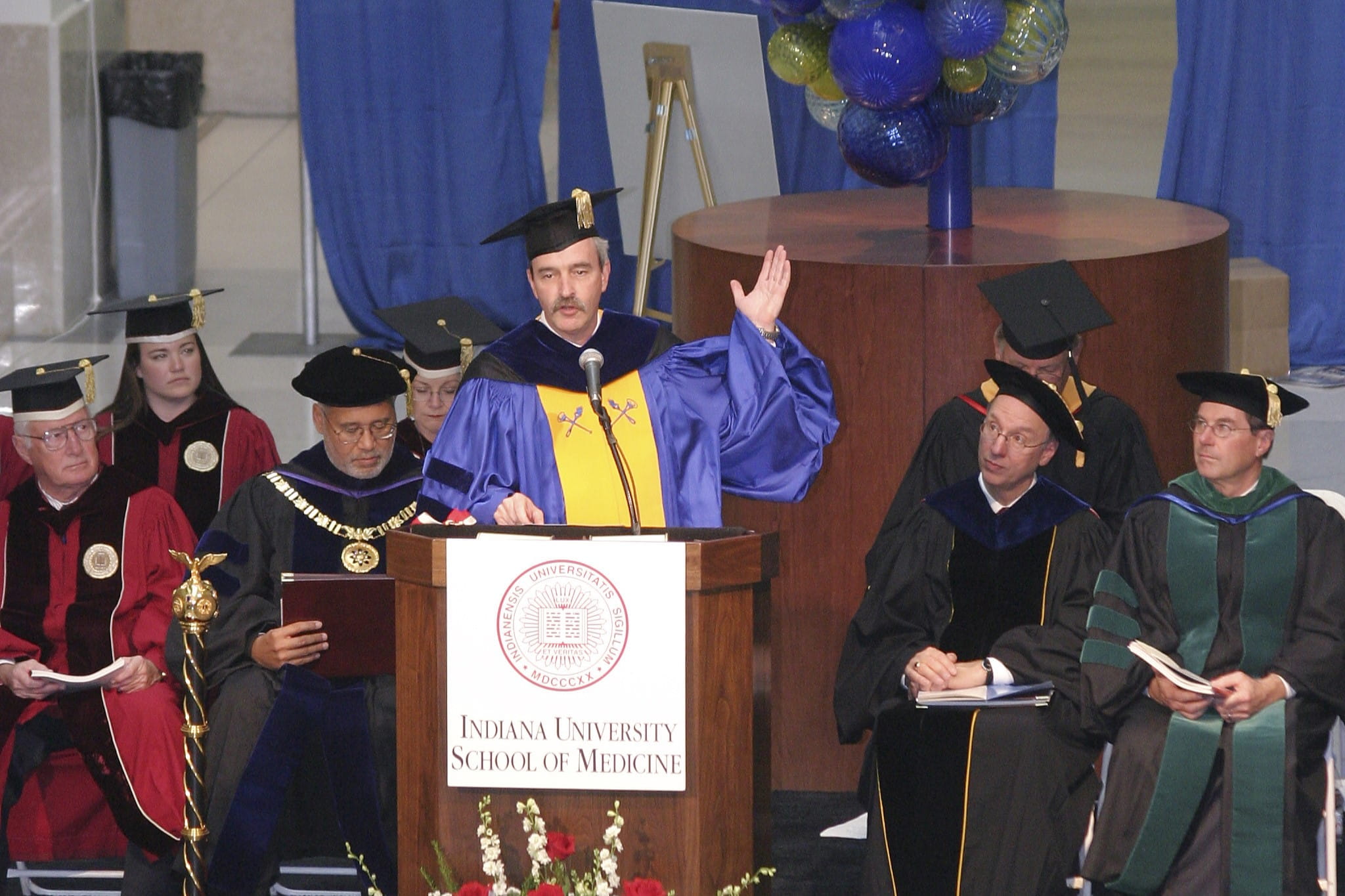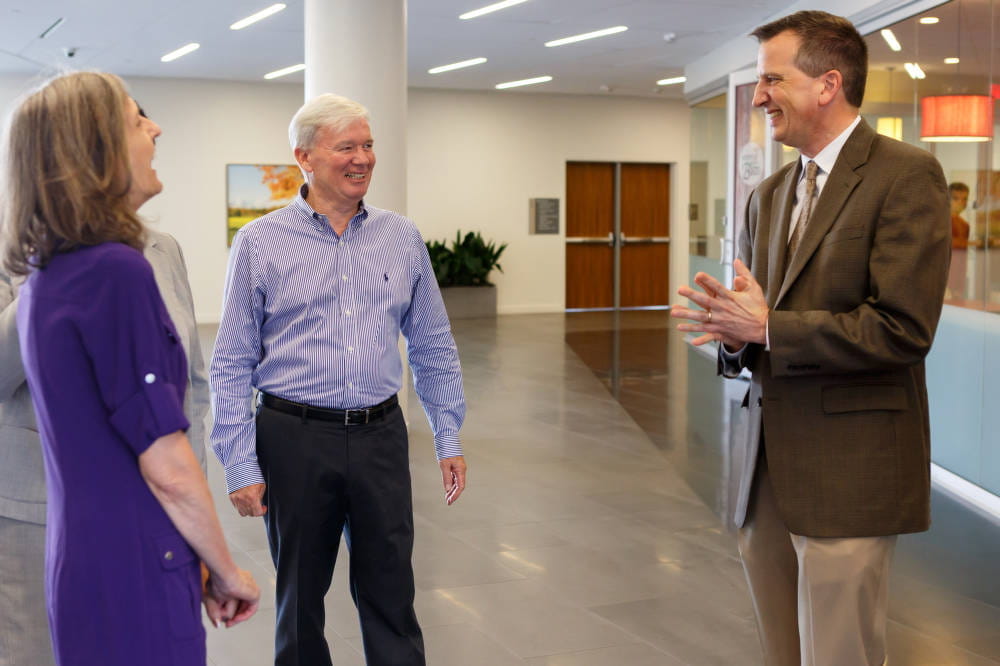Neuroscience research has a long history of excellence at the Indiana University School of Medicine. This legacy is exemplified by the discovery of the biological role of glycine as a spinal cord inhibitory neurotransmitter in the 1960s by Morris (Mori) Aprison, PhD, an IU Distinguished Professor Emeritus, member of the Institute of Psychiatric Research and a faculty member in the Departments of Psychiatry and Biochemistry. In the 1980s, Sidney Ochs, PhD, emeritus professor of physiology and biophysics, known for his groundbreaking work on axoplasmic transport, showed how materials move through the axon of the nerve cell. His research conducted at the IU School of Medicine was published in more than 300 scientific publications; Ochs also published three books about his discoveries.
Members of the Institute of Psychiatric Research at the IU School of Medicine — dating back to the 1950s — have made many notable contributions to neuroscience research, including defining autism as a neurodevelopmental disorder, studying the genetics of bipolar disorders, alcoholism and autism and developing the first animal model of alcoholism. In the mid-to-late 2010s, dozens of investigators spearheaded a comprehensive research program into Alzheimer's disease, spanning basic, translational and clinical research. This resulted in several large National Institutes of Health grants to study patient symptoms, the biology of the disease and potential drug targets. The rich tradition of neuroscience discovery continues to this day at the Stark Neurosciences Research Institute.





